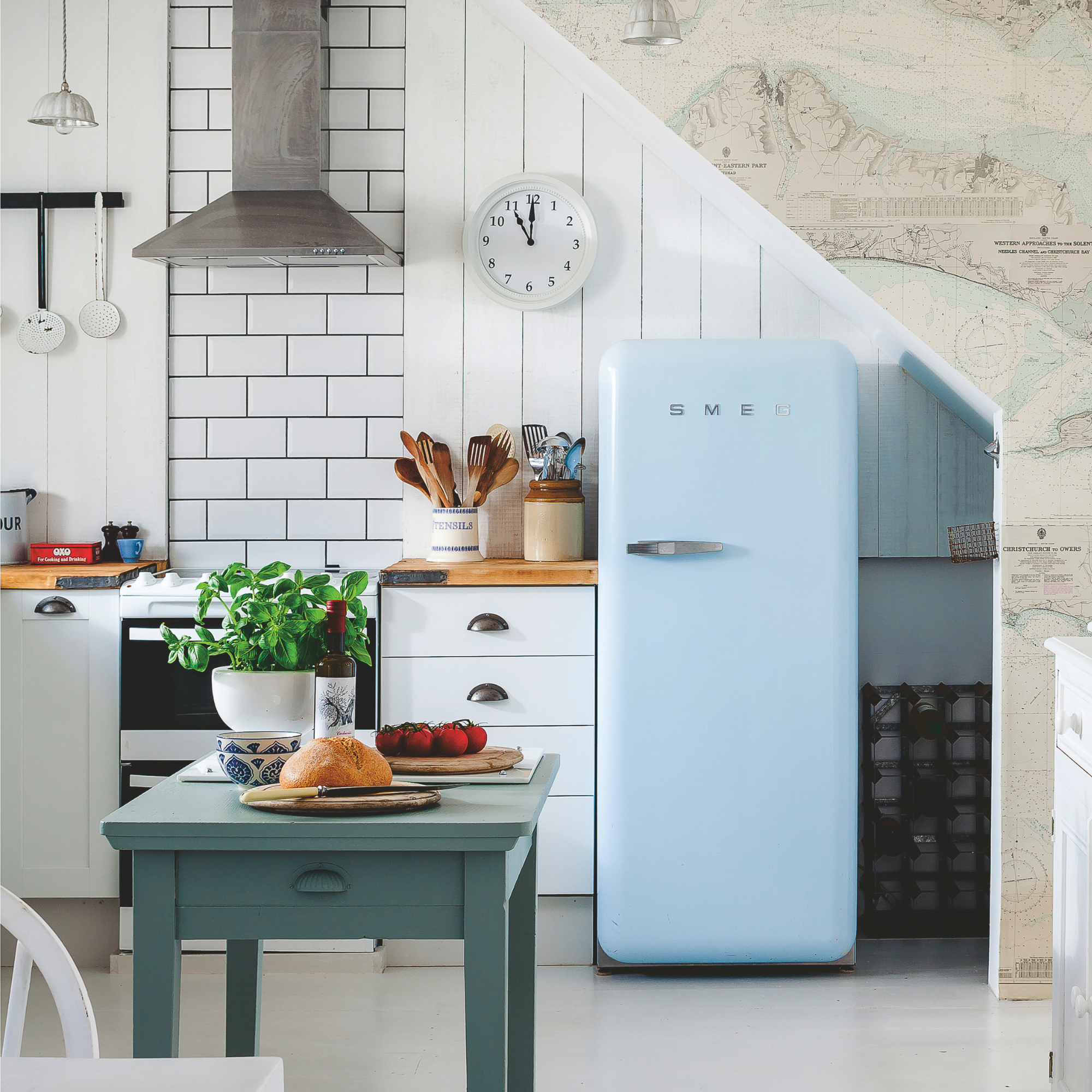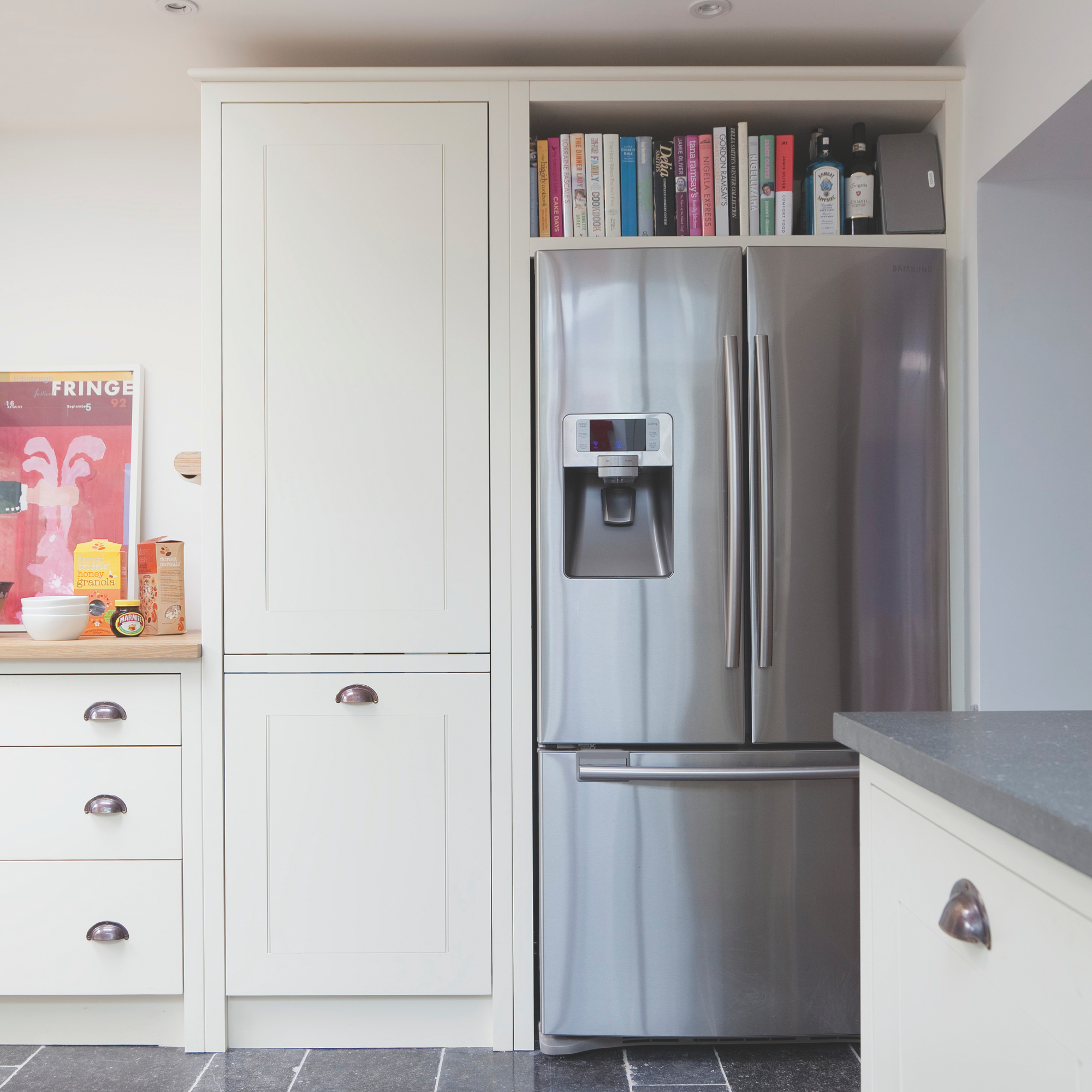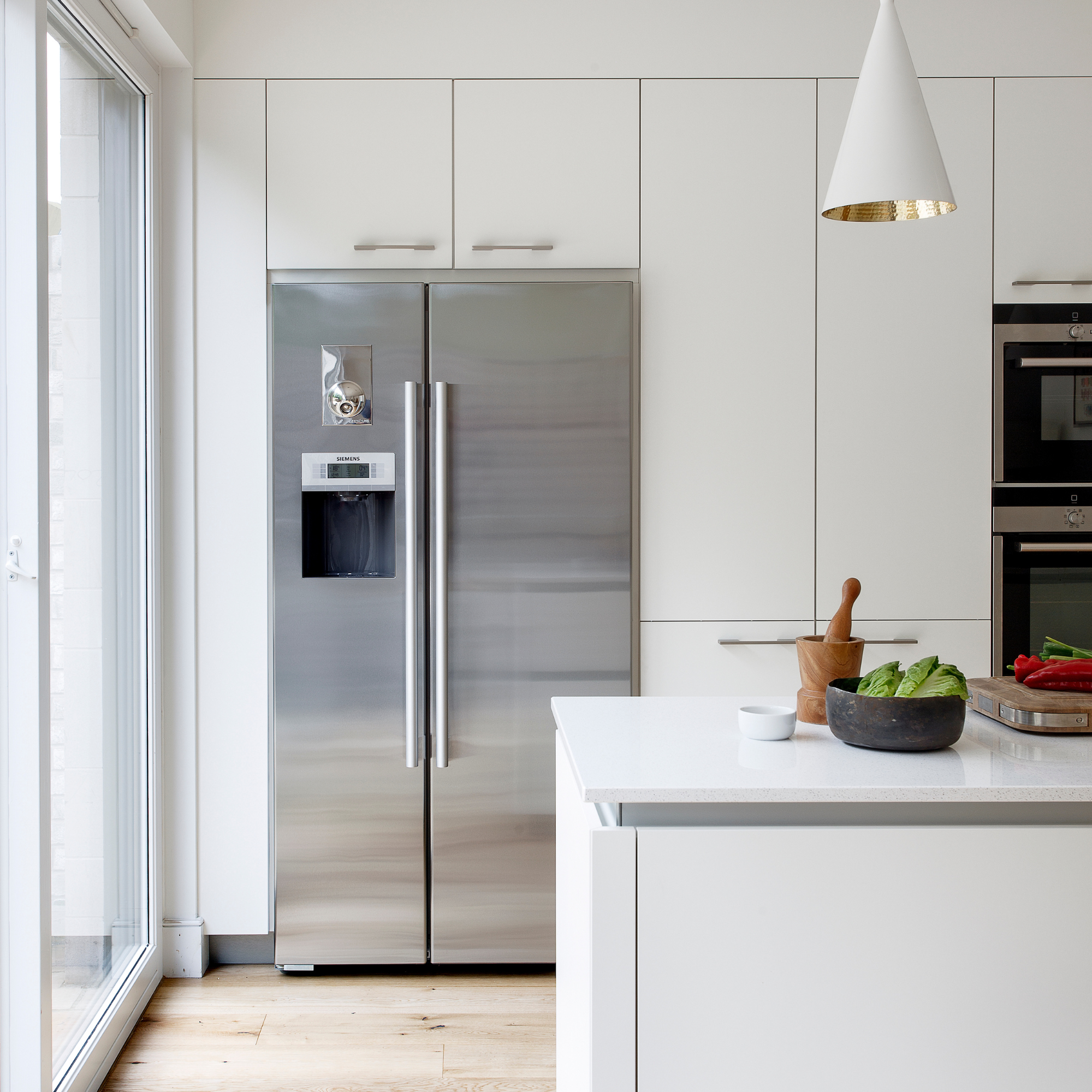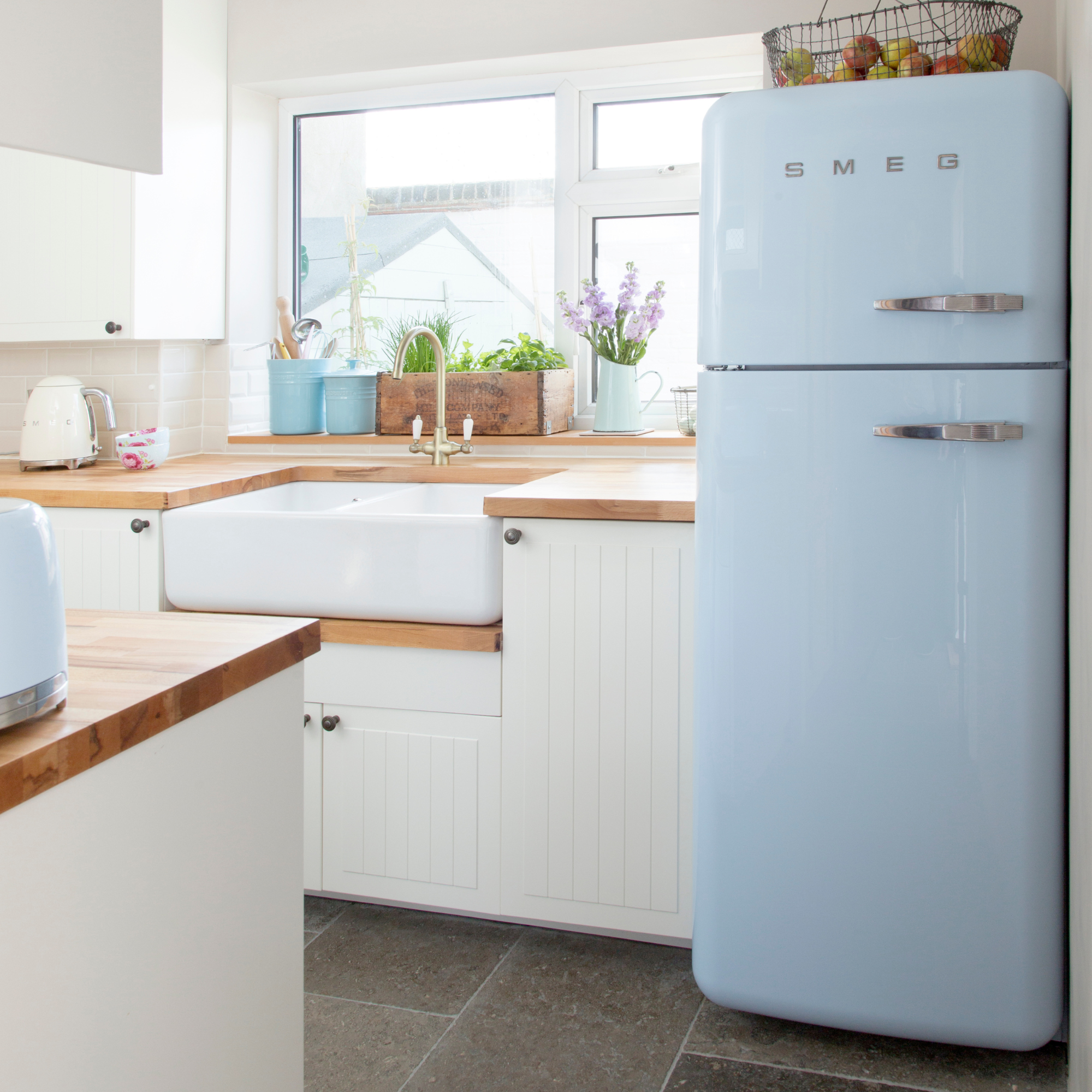
Poking around the fridge, have you ever really paid attention to the little dial on the side? You’d be right in thinking the little dial has something to do with the fridge’s temperature - but those numbers on the dial don’t actually correlate to degrees Celsius.
When it comes to your fridge, there is a correct temperature your fridge should be set at. But if you thought the numbers on the little dial translated into degrees we're here to burst your bubble as that is not how the dial actually works to set the temperature of the fridge.

What do the numbers mean?
The numbers represent your refrigerating power. ‘The numbers on the dial situated inside the fridge, usually marked from 1-5, indicate the refrigerating power,’ says Matthew Glynn Go-To-Market Product Manager at Hisense.
‘Choosing setting 5, the highest number, would make the fridge the coldest. However, if you’re looking to measure the exact temperature of the fridge accurately, you could keep a thermometer on the middle shelf of the fridge.’
With a range of -20°C to 60°C this best-selling thermometer is more than capable of keeping an eye on your fridge's temperature. It has a magnetic back, hook and stand making it easy to store, too.
This is a general rule of thumb but Sophie Lane, Product Training Manager at Miele GB recommends your fridge manufacturer’s guidelines to ensure you get the temperature you want.
‘The best advice for understanding the numbers inside your fridge is to consult the manufacturer's guidelines, as the meaning can vary slightly between brands,’ she says.
‘Typically, fridges have numbered settings ranging from 1 to 5, or 1 to 9. Lower numbers, such as 1, represent warmer temperatures, while higher numbers, like 5 or 9, indicate cooler temperatures.
‘These numbers regulate how intensively the fridge’s cooling system operates to maintain a lower internal temperature.’

What should my fridge be set at?
The ideal temperature for a fridge is around 5 degrees Celsius, which helps to keep food fresh without freezing it,’ says Sophie.
‘For most fridges, a mid-range setting—such as 3 or 4 on a scale of 1-5, or 4 or 5 on a scale of 1-9—typically maintains a temperature within the recommended range of 3-5 degrees. ‘
‘This balance ensures both energy efficiency and food safety, preventing food from spoiling or freezing.’
However the correct setting may change depending on how full your fridge is.
‘A fully stocked fridge may need to be on a higher setting, usually around 3 or 4 to ensure the fridge is cold enough, whereas a fridge with more space is best suited to a lower setting at 2 or 3,’ says Matthew.
‘If the temperature of the fridge is really low, ice will form and it may prevent air circulation or cause the fridge’s inner thermostat to malfunction.’
The next time you're organising your fridge, check turn your dial to 3 for the best temperature.

Why is my fridge dial important?
‘The variety of temperature options in fridges allows for optimising food storage,’ says Sophie.
‘Different foods have specific temperature and humidity needs to stay fresh and safe.
‘Adjusting the fridge’s settings helps to prevent food spoilage, optimise energy efficiency and adapt to seasonal changes.’
When it comes to getting the most out of your fridge, it goes without saying that keeping the right temperature is vital- and your fridge dial is the key you need for creating the perfect environement for your food to stay fresh.







